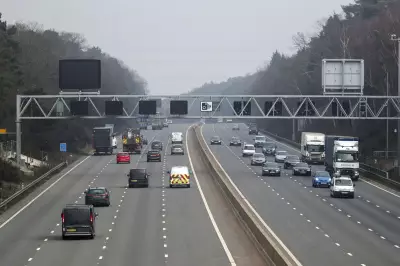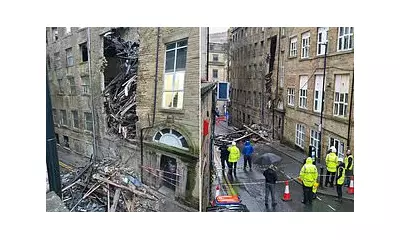
The American dream of homeownership is becoming increasingly elusive in certain metropolitan areas, where property prices have reached staggering new heights according to recent analysis.
California's Property Dominance
New research has revealed that the Golden State completely dominates the list of America's most expensive cities for homebuyers. The study, which analysed property markets across the United States, found that California metropolitan areas occupy an overwhelming majority of the top spots for premium-priced housing.
The Price of Paradise
At the pinnacle of the property pyramid sits San Jose, where prospective homeowners must contend with a median house price that would make most buyers gasp. The Silicon Valley hub has cemented its position as the nation's most expensive housing market, driven by the region's booming tech industry and high-income employment opportunities.
Following closely behind is another California heavyweight - the San Francisco metropolitan area. Known for its iconic landmarks and vibrant culture, the City by the Bay demands premium prices for its limited housing stock, creating significant barriers to entry for average income earners.
Beyond the Golden State
While California claims the lion's share of expensive markets, other regions are also witnessing dramatic property price increases. The research highlights several East Coast metropolitan areas where housing costs have surged beyond national averages, reflecting broader trends in urban property valuation.
What's Driving the Surge?
Several factors contribute to these astronomical property prices:
- Supply constraints: Limited available land for development in desirable urban areas
- High-income employment: Concentration of well-paying jobs in technology and professional sectors
- Geographical limitations: Coastal cities constrained by natural boundaries
- High demand: Continued migration to urban centres despite rising costs
The data paints a challenging picture for aspiring homeowners in these markets, where the traditional 20% down payment now represents a sum equivalent to the full price of an average home in many other parts of the country.
The Broader Implications
This housing affordability crisis has far-reaching consequences for these metropolitan areas, potentially affecting:
- Workforce diversity as service workers are priced out
- Commute times as employees live further from employment centres
- Local economic growth constrained by housing limitations
- Generational wealth gaps widening between homeowners and renters
As property values continue their upward trajectory in these premium markets, the fundamental question remains: how sustainable are these prices, and what does it mean for the future of American urban living?





